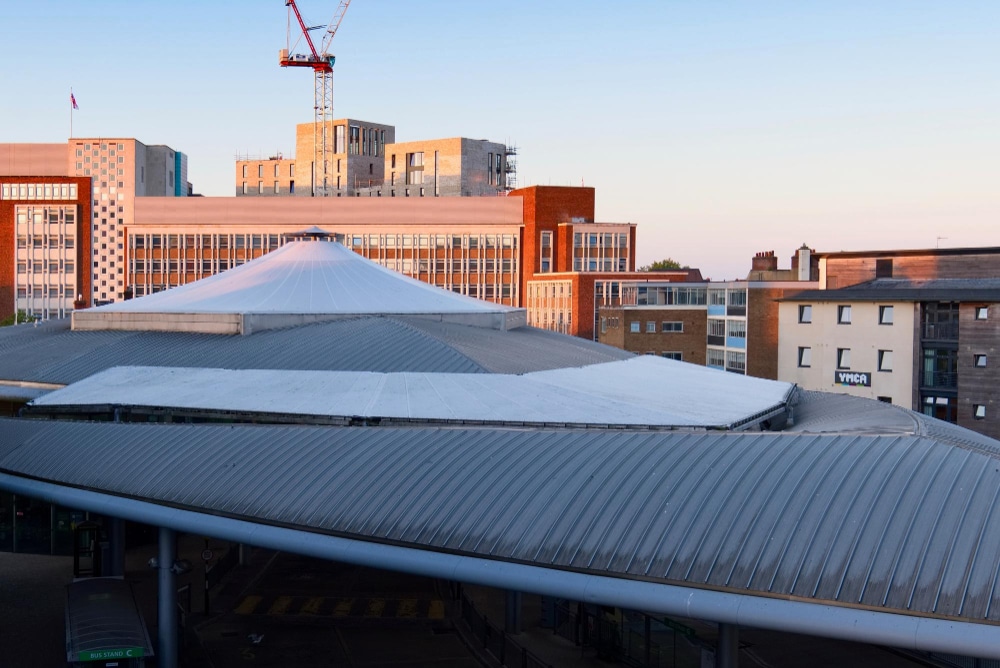Thermoplastic Olefin (TPO) roofing systems have become a popular choice for commercial properties due to their durability and versatility. These roofs are not just about providing a waterproof barrier; they offer several additional benefits that can significantly impact the value of your property. Understanding why TPO roofs are advantageous can help commercial property owners make informed decisions that enhance their investment.
TPO roofs are made from a blend of polypropylene and ethylene-propylene rubber, which result in a flexible, heat-resistant, and durable surface. These properties make TPO roofs suitable for various climates and environmental conditions, ensuring long-term performance and protection for commercial buildings. The rise in popularity of TPO roofs is also driven by their energy-efficient qualities, which play a crucial role in reducing operating costs for property owners.
Besides energy efficiency, TPO roofs contribute to the sustainability and environmental responsibility of commercial buildings. They help reduce the carbon footprint by reflecting sunlight, thus lowering the building’s energy consumption. Additionally, the installation of TPO roofs can improve the overall aesthetic appeal and market value of commercial properties. Understanding these advantages can provide a comprehensive view of how TPO roofs go beyond simple waterproofing to enhance commercial property value.
What Are TPO Roofs?
TPO, or Thermoplastic Olefin, roofs are a type of single-ply roofing membrane. They are composed of a blend of polypropylene and ethylene-propylene rubber, which gives them a durable and flexible quality. TPO roofs are typically white or light-colored, which helps reflect sunlight and reduce heat absorption. This makes them ideal for commercial buildings in warmer climates.
Installation of TPO roofs involves mechanically attaching or fully adhering the membrane to the roof deck. The seams are then heat-welded to create a strong, waterproof barrier. This process is straightforward, which can make TPO roofing systems cost-effective in terms of labor and installation time. The material itself is resistant to tears, punctures, and impact damage, providing long-lasting protection for the building it covers.
With their robust weather resistance and flexibility, TPO roofs are suitable for a variety of commercial applications. They can withstand the stress from building movement and are capable of handling various environmental conditions, making them a versatile choice for property owners.
Key Benefits of TPO Roofs for Commercial Properties
TPO roofs offer several key benefits that make them a valuable addition to commercial properties. One of the primary advantages is their durability. TPO membranes are resistant to mold, dirt, and debris, which helps maintain the roof’s appearance and performance over time. Their resistance to punctures and tears also means they can handle heavy foot traffic and mechanical equipment without significant damage.
Another benefit is the energy efficiency that TPO roofs provide. Their reflective surfaces help reduce the amount of heat absorbed by the building, leading to lower cooling costs and improved indoor comfort. This can be particularly beneficial in areas with hot climates, where energy savings can be substantial.
TPO roofs are also environmentally friendly. They do not contain harmful chemicals such as chlorines or dioxins, which are often found in other roofing materials. The production and disposal of TPO roofing materials have a smaller environmental impact, contributing to the overall sustainability of the building.
Additionally, TPO roofs are relatively easy to install and maintain. The heat-welded seams create a strong bond that is less likely to fail over time compared to other roofing systems. Regular maintenance and inspections can help extend the life of a TPO roof, ensuring it provides long-term benefits for the property.
Energy Efficiency and Environmental Impact of TPO Roofs
TPO roofs are renowned for their energy efficiency. The reflective surface of TPO membranes helps reflect sunlight, reducing the amount of heat absorbed by the building. This reflective property can significantly lower cooling costs, making air conditioning systems more efficient. By reducing the building’s cooling load, TPO roofs contribute to energy savings that can lower operating costs for commercial property owners.
Energy efficiency isn’t the only environmental benefit of TPO roofs. They are also made from recyclable materials, which means they create less waste when it’s time to replace the roof. Unlike traditional roofing materials that might end up in landfills, TPO can be repurposed, enhancing your building’s sustainability profile.
Another positive environmental impact is the reduction of urban heat islands. TPO’s reflective properties help decrease the surrounding temperature, contributing to cooler urban environments. Additionally, TPO roofs do not contain harmful chemicals, making them a safer option for the environment and for the people who work on or near the roof.
How TPO Roofs Add to Property Value and Curb Appeal
Investing in a TPO roof can enhance the overall value of a commercial property. One of the ways it does this is by improving the building’s energy efficiency, leading to lower utility costs. This cost reduction is attractive to potential buyers or tenants, who will appreciate the long-term savings. An energy-efficient building is also more likely to pass stringent energy certifications, adding another layer of appeal.
TPO roofs also contribute to the aesthetic appeal of a property. Their clean, white appearance can modernize the look of a building, making it more attractive to prospective tenants and clients. The improved curb appeal can make a significant difference in competitive commercial real estate markets.
In addition to its aesthetic and economic benefits, a well-maintained TPO roof signifies good building management. Potential buyers or renters will see the investment in a high-quality, durable roofing system as a sign that the property is well-cared for. This perception can lead to higher property values and better rental prices.
Conclusion
TPO roofs offer a combination of durability, energy efficiency, and environmental benefits that can greatly enhance the value of commercial properties. Understanding what TPO roofs are and their key advantages allows property owners to make informed decisions that support both their financial and environmental goals. The energy efficiency and sustainability of TPO roofs contribute to long-term cost savings and a reduced carbon footprint. Additionally, the aesthetic appeal and overall performance of TPO roofs can significantly boost property value and attract quality tenants.
If you are considering upgrading your commercial property’s roof, TPO is a smart investment. For professional advice and installation services, contact Mike Huddleston Roofing Systems. Our experienced team of commercial roofing contractors can help you choose the best roofing solution for your needs and ensure top-quality installation. Enhance your property’s value with a durable and efficient TPO roof today.

